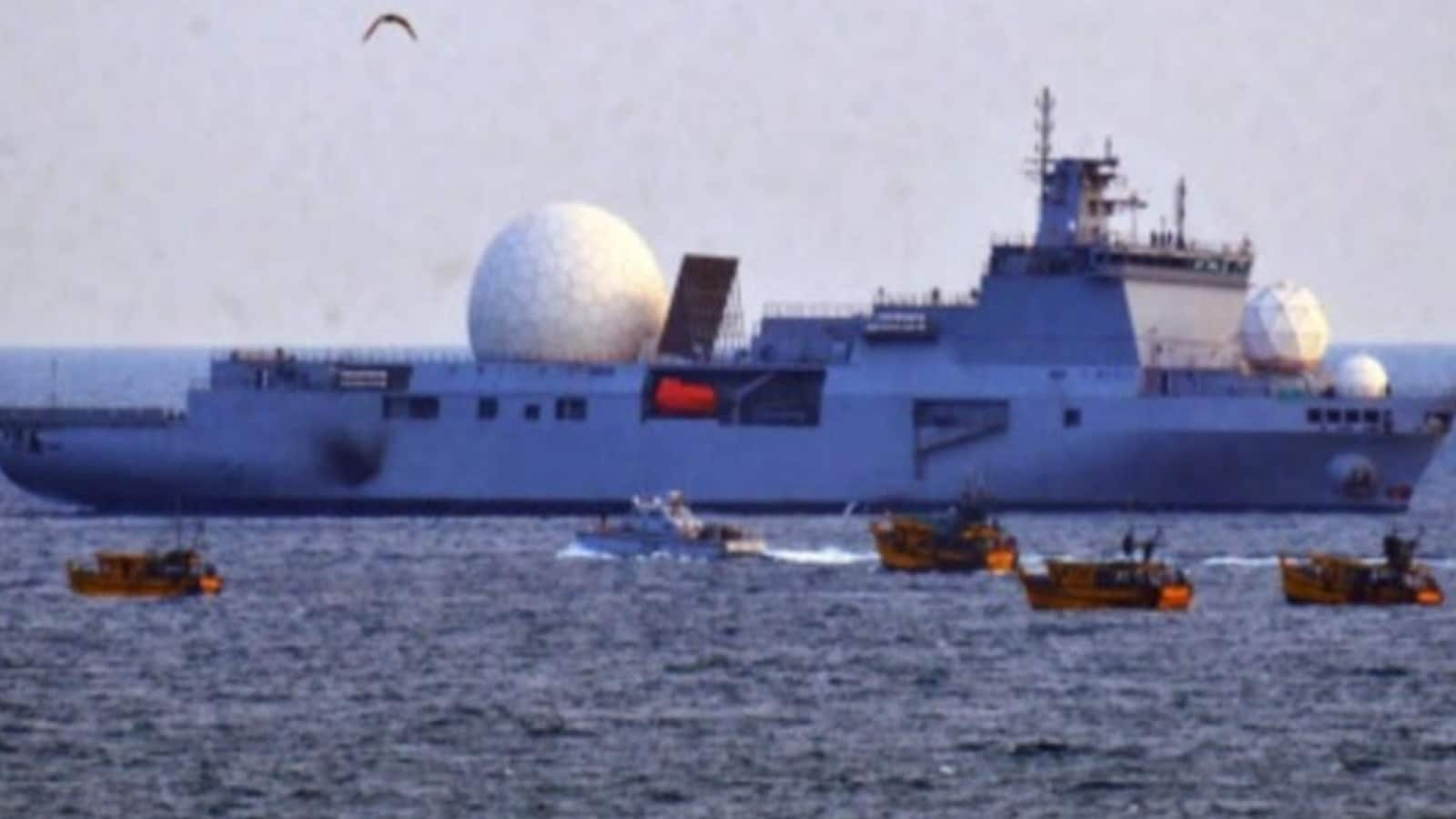Dassault Aviation had been in talks with Navy for the naval version of Rafale even before the French giant signed the contract for 36 air force fighters in 2016.

theprint.in
Dassault Aviation had been in talks with Navy for the naval version of Rafale even before the French giant signed the contract for 36 air force fighters in 2016.
New Delhi: French defence giant Dassault Aviation is likely to bring the naval version of the Rafale aircraft to India in early 2022 to showcase its ability to carry out a ski-jump, which is a crucial take-off capability to operate from Indian aircraft carriers, ThePrint has learnt.
Sources in the defence establishment said Dassault, which is eyeing a mega contract with the Indian Navy for new fighters, has offered to bring the Rafale M (Marine) to India. The Navy plans to procure new fighters to replace the Russian MiG 29Ks.
“The Rafale M will not take off from the aircraft carrier (during the showcase) but from the shore-based test facility (SBTF) at INS Hansa, Goa. The Dassault Aviation is confident and wanted to showcase their capability in India itself,” a source said.
The sources added that the dates are yet to be worked out but Dassault has offered to bring the Rafale M as early as January, if needed.
Carrier-based fighters primarily come in three categories — STOVL (short take-off and vertical landing), STOBAR (Short Take-off but Arrested Recovery) and CATOBAR (catapult take-off but arrested recovery).
French aircraft carrier Charles de Gaulle and American carriers use CATOBAR while Indian carriers — INS Vikramaditya and an
indigenous one that is under trial — employ STOBAR. That’s why foreign fighters have to showcase the capability as a basic requirement.
A fighter aircraft’s behaviour for a few seconds after ski-jump take-offs, until wing-borne flight takes place, is critical to achieve a successful launch from carriers.
Rafale M’s competitor — the F/A-18 Super Hornet fighter of Boeing —
had demonstrated the ski-jump capability in December 2020. However, the demonstration was held at Naval Air Station Patuxent River in the US.
Also read: Why India is set to miss 2021 deadline to upgrade Mirage 2000 fighters
Talks for Naval version of Rafale date back to 2016
Dassault Aviation
had been in talks with the Navy for the naval version of the Rafale even before they signed the contract for the 36 air force fighters in 2016.
In 2017, the Navy issued a Request for Information (RFI) to foreign players for 57 new fighters.
However, with the Defence Research and Development Organisation (DRDO) now working on a Twin-Engine Carrier-Based Deck Fighter (TEBDF), the Navy is likely to cut down its requirements for foreign fighters.
Last year, Navy chief Admiral Karambir Singh
had also said the force may pursue joint acquisition of fighters with the IAF.
“We have the MiG-29K operating from the Vikramaditya and will operate from the Indigenous Aircraft Carrier (IAC)-I. To replace them, we have taken up a case for the Multi-Role Carrier-Borne Fighters (MRCBF) which we are trying to do along with the IAF,” he said.
Also read: IAF is not just a support arm, says new Air chief Chaudhari, as he backs joint ops
‘Lift of IAC-I can accommodate all aircraft’
Sources in the defence establishment sought to allay fears expressed in some quarters that the lift of the indigenous aircraft carrier was small and would not be able to accommodate either the Rafale M or the F/A-18. While the Boeing fighter comes with foldable wings, Rafale does not.
“The mere fact that both companies are eager to offer their aircraft means that they have taken into account various measurements,” a source said, refusing to get into the specifics.
Sources also said that all discussions on the project are happening internally within the Navy and any move to proceed further will depend on what the companies have to offer in terms of cost, including lifecycle costs and future upgrades.
While Dassault
is happy to merge naval requirements with that of the Air Force, Boeing is sceptical about it, they added.
(Edited by Rachel John)







